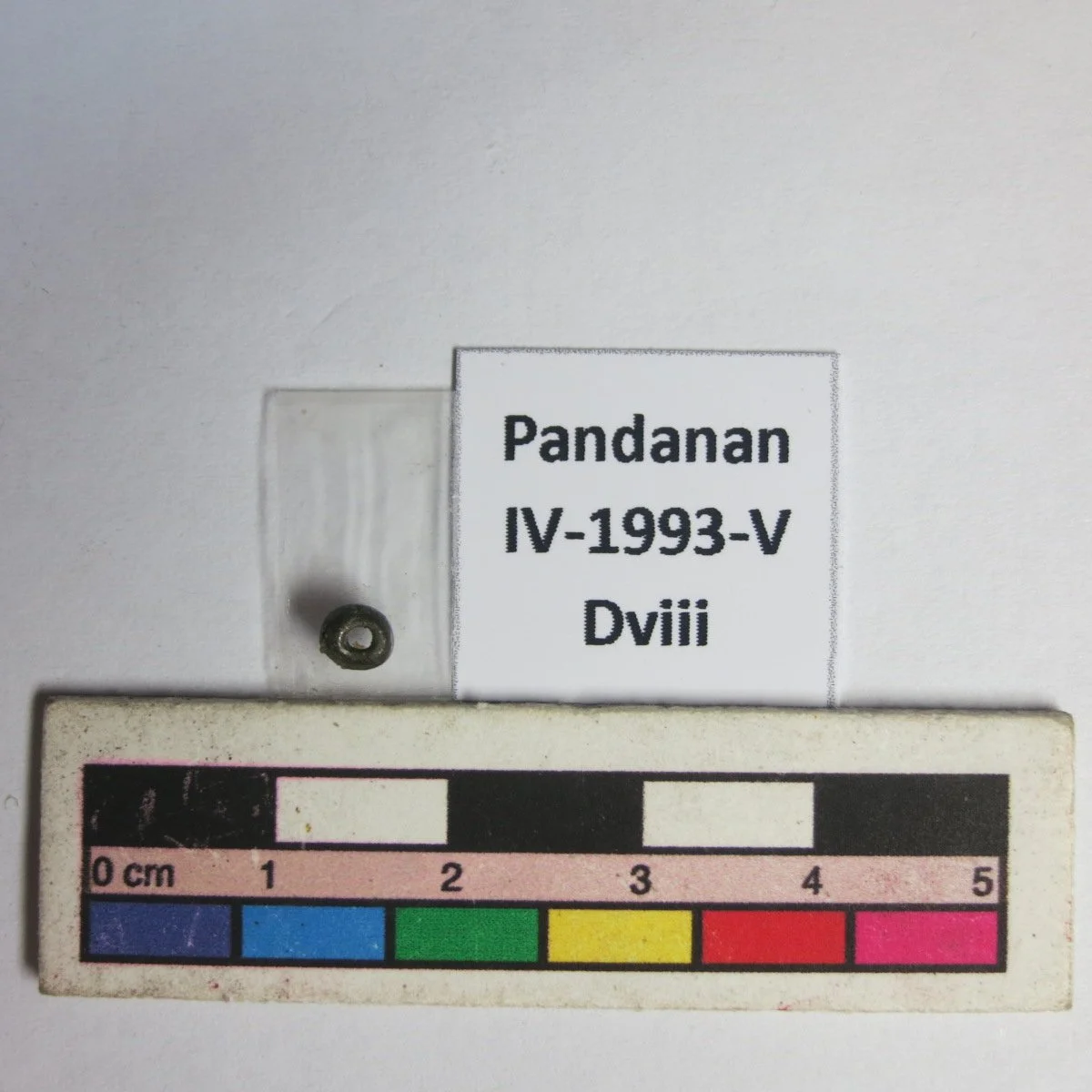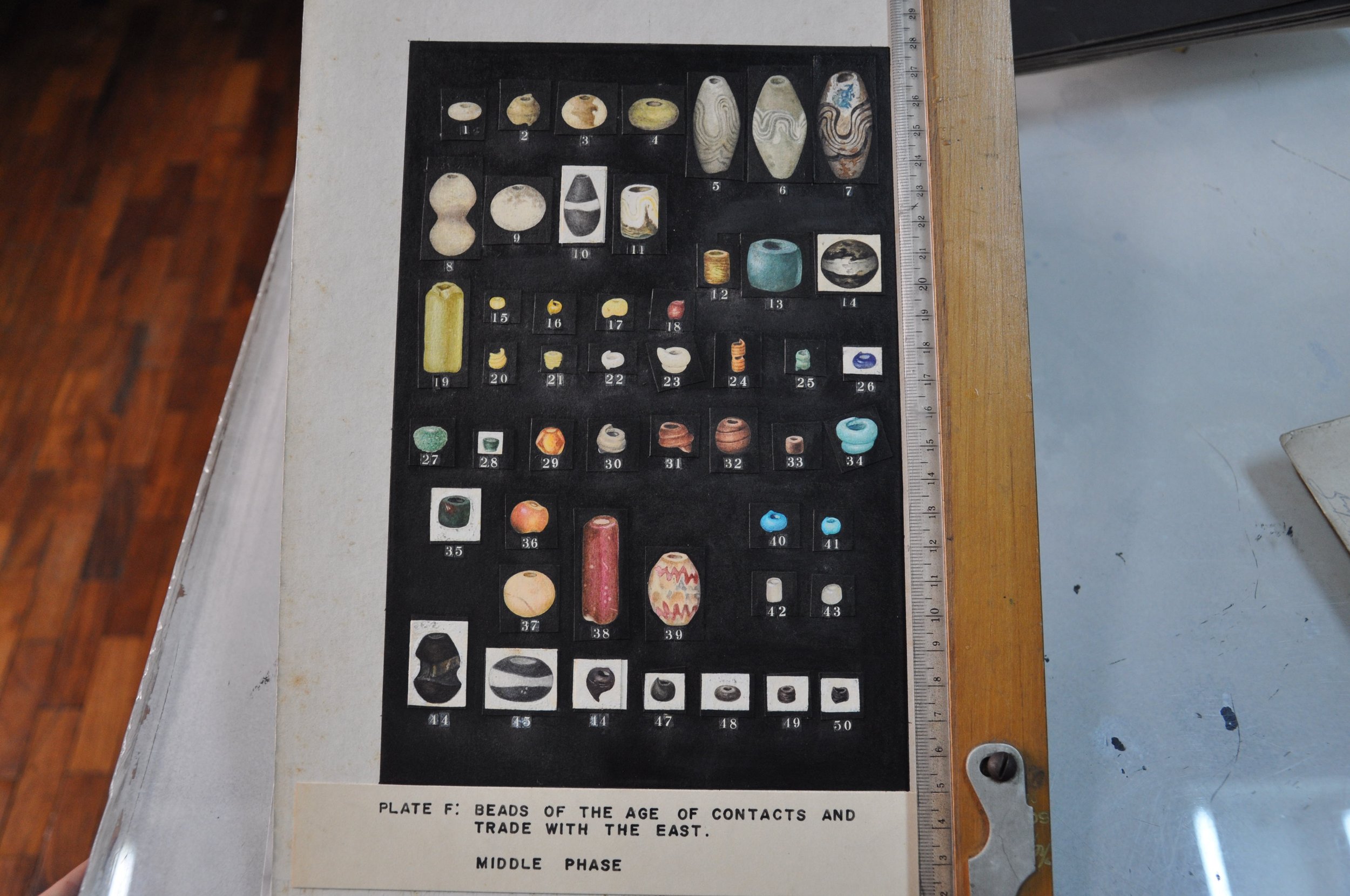Fieldwork. Laboratory. Offices.
My work in archaeology material science pushes the boundaries of understanding ancient technologies through cutting-edge analytical techniques. By applying advanced microscopy and chemical analysis, I uncover the composition, manufacturing processes, and use patterns of artifacts, revealing insights into the technological capabilities and cultural practices of past civilizations. This interdisciplinary approach spans generations of archaeologist’s projects and reconstructs historical narratives with scientific precision, driving innovation in collections-based research methods and reshaping how we decode the material evidence of human history.

This research project examines glass beads from shipwreck cargoes and merges the results with terrestrial traditions in settlements and burials to constitute a maritime cultural landscape. By identifying the different varieties of glass bead types found at underwater sites across the Philippines and tracking their distribution I have been able to determine that there were three phases of trade: an earlier phase that broadly moved goods in an eastern direction focused on the triangular trade of the Indian Ocean and into the coastal exchange networks in Southeast Asia; a mid-phase when an explosion of activity occurred across the whole IOW and multiple locations produced glass that was shipped in every direction; and a later phase that broadly moved goods in a western direction and focused on the coastal exchange networks in Southeast Asia towards the Indian Ocean.
Artefacts the size of a grain of rice
Provenience is paramount to archaeology! The more specific we can narrow an object’s context the more we information about past peoples lifeways we can extrapolate.
Excavations revisited
As a Research Associate for the National Museum of the Philippines I worked with mentors who created the field of maritime archaeology in the country and those who continue to shape its future. We worked together to excavate the museum and bring artefacts to the cutting-edge technology laboratories at the Elemental Analysis Laboratory at Chicago Field Museum and the Scanning Electron Microscope Laboratory at UW-Madison Department of Chemistry. This work expanded Philippine Historical Archaeology indigenous and settled-diasporic peoples maritime trade networks.


